Agrivoltaics might be the low-hanging fruit Washington state needs to secure a path forward for meeting the state’s energy demands and sustaining its agricultural industry.
In an in-depth study on agrivoltaic feasibility in Washington, researchers from The Nature Conservancy, American Farmland Trust, Washington State University and UC Santa Barbara found that the state’s generational shift in farming and rising energy demands, agrivoltaics can greatly benefit Washington, but only with the right execution.
The study also surveyed the state’s farmers and ranchers about their perceptions of solar energy and their willingness to participate in agrivoltaics.
(Read: Washington farmers divided over solar on farmland, agrivoltaics largely unknown)
Washington’s growing need for agrivoltaics
Agrivoltaics has the potential to make substantial inroads into Washington’s long-term energy demands, which are projected to double by 2046, the report said. Additionally, the authors noted the mounting pressure the state’s farmland and agricultural industries face due to a combination of economic, environmental and demographic challenges.
Between 2017 and 2022, Washington lost 5% of its total agricultural land while its average farm size increased to 432 acres, according to the U.S. Census of Agriculture. The study attributed this to many of the state’s farmers nearing retirement age, causing many smaller family-run operations to be absorbed into larger agribusinesses.
Because these shifts can constrain the diversity and resilience of the state’s agricultural sector, the report said making farmland protection, investments in agricultural viability and support for new farmers are more critical than ever.

Washington’s agrivoltaics potential
The researchers identified nearly 87,000 acres of cropland and pastureland amenable for agrivoltaics, which equals about 8.7 GW to 17.4 GW of potential solar energy capacity with agrivoltaics.
Within the Columbia River Basin, the researchers estimated the state’s region has more than 2.5 times more potential agrivoltaic acreage than Oregon and over 7 times more than Idaho. Over half of the land with agrivoltaics potential within a mile of substations is pastureland.
The authors found that while most of the land near substations is some form of agriculture, a small proportion of that farmland is amenable for agrivoltaics.
Even so, the researchers identified over 204,000 acres that is “hypothetically amenable for agrivoltaics given the crop types, degree of irrigation and proximity to substations.” But built out, the report said these acres could hypothetically host 20.5 GW to 41 GW of solar capacity.
Crop-specific agrivoltaics potential
Orchards make up over 60% of the agrivoltaic potential in the Columbia Basin, followed by vineyards at 17%, pasture at 11%, and herbs at 8%, according to the researchers’ estimates. While about 15% of the land with agrivoltaics potential was classified for berry, vegetable or vineyard production, the researchers said the machinery used with these crops would require adapting solar technology, farm machinery and farming practices to make agrivoltaics feasible.
Apple orchards – Washington’s most valuable crop – are especially suitable for agrivoltaics in Washington, the report said, given the large acreage synergies with crop production and economics.
Additionally, the researchers found agrivoltaics systems located with apples showed promise as an apple sunburn mitigation strategy.
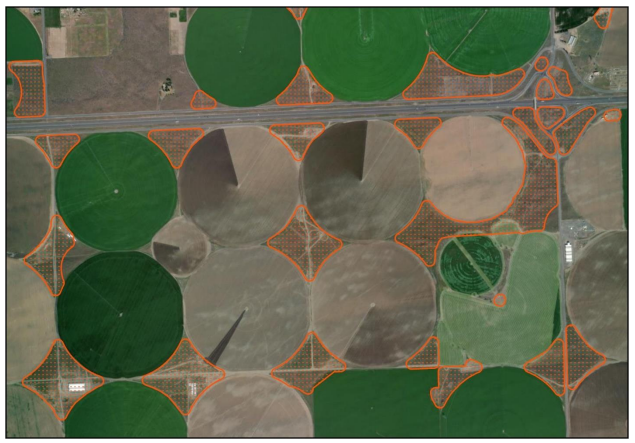
Pivoting to colocation with pivot corners
With pivot corners, the often-underutilized corners of center pivot-irrigated field, the researchers found that nearly 44,000 of more than 371,000 acres of pivot-corner land were within one mile of substations.
“Solar on pivot corners could therefore represent a significant contribution to Washington’s energy future that is socially and technologically simpler to deploy than agrivoltaics,” the researchers said. However, they noted that the amount of acreage close to pivot corners is roughly half of their conservative estimation for agrivoltaics.
Areas of conflict
Besides pasture, the authors said Washington’s agrivoltaics-compatible crops, such as berries and apples, are not the dominant use of farm acreage in the state. According to the report, cereal grain takes up over 25% of agricultural land that is within one mile of substations, while hay and silage take up another 15%.
“This is important because the mechanization inherent to cereal, hay, and silage production is incompatible for agrivoltaics given current machinery and farm practices,” the authors said. Given the scale of these lands in close proximity to substations, the authors said there is “likely tension between this form of agriculture and solar energy development.”
However, the land used for cereal grain production within a mile of substations is a small fraction – less than 5% – of the state’s cereal grain production. This fraction of land, however, could yield approximately 18 GW to 36 GW of clean energy were it used for solar power, the research found.
Implementing agrivoltaics in Washington can pose hurdles, the authors noted, including high upfront costs, gaps in information and technical assistance, and a lack of accessible, region-specific proofs of concept.
To address these issues and increase agrivoltaics deployment in Washington, the report provided eight strategies:
- Invest in place-based research and demonstration projects, particularly at different Washington State University research farms.
- Provide farmers with accessible information.
- Develop forums for agricultural producers, energy developers, and county and state regulators to collaborate and discuss opportunities.
- Explore policy pathways to incentivize agrivoltaics in Washington.
- Implement financial incentives.
- Build new energy infrastructure in places that can facilitate agrivoltaic deployment.
- Elevate opportunities where solar and crop or livestock production are integrated complimentarily, such as on pivot corners.
- Consider public lands as opportunities for agrivoltaics.
The study noted that agrivoltaic projects can be economically viable from an agricultural standpoint, but typically direct conversion to a standard single-use utility-scale solar project is more profitable. Thus, the financial incentive for solar developers to facilitate farming beneath panels is very low given how profitable energy production is, the study said. But otherwise, the authors said farmers and society might value agrivoltaics because it keeps all of a property in production. However, the researchers said agrivoltaics projects are still cheaper than rooftop solar infrastructure.
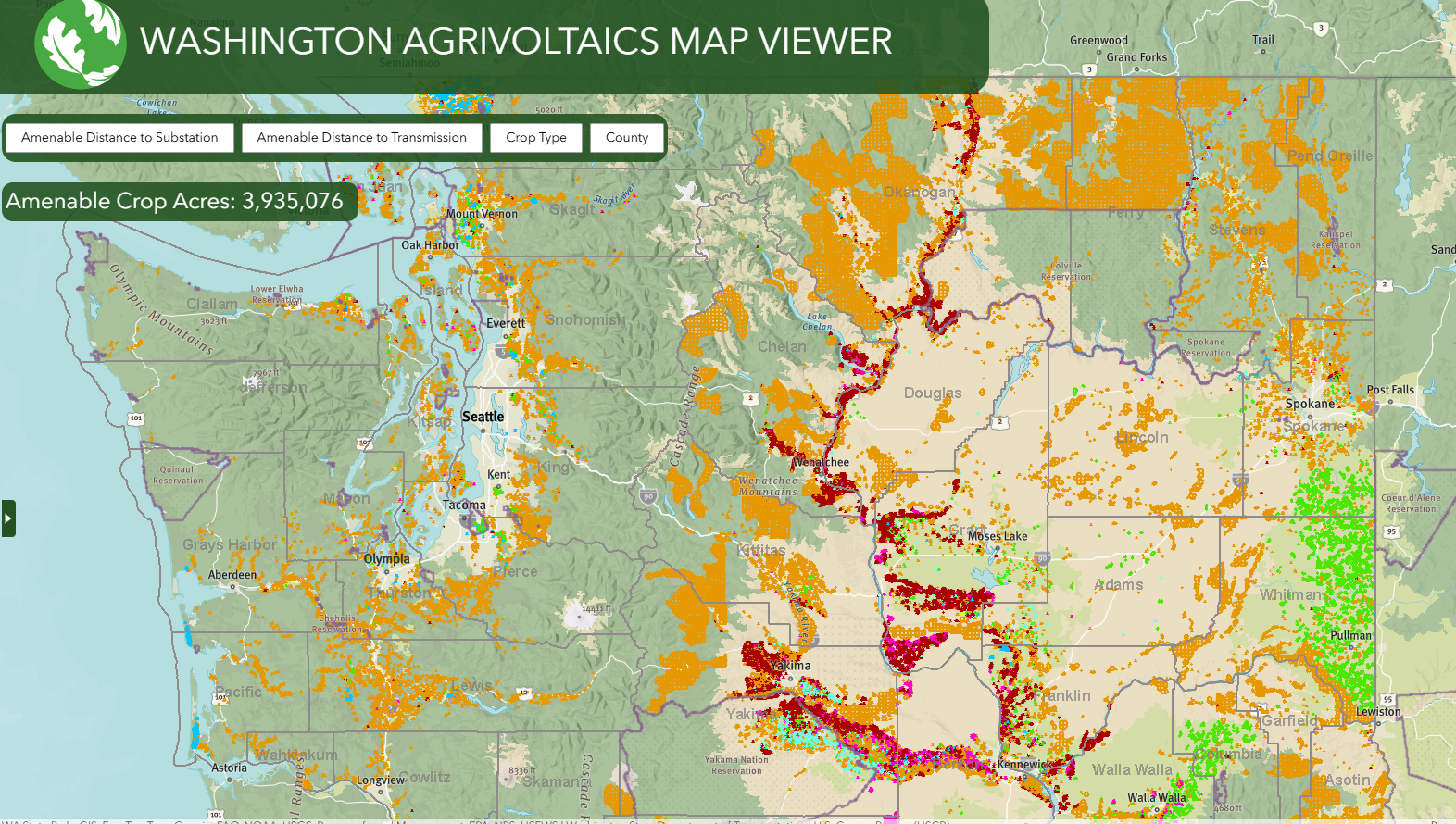
Read about the latest agrivoltaic and land-use research, such as how solar panel height affects crop yields, or how misinformation leads to local opposition and what states can do about it, here.
This content is protected by copyright and may not be reused. If you want to cooperate with us and would like to reuse some of our content, please contact: editors@pv-magazine.com.
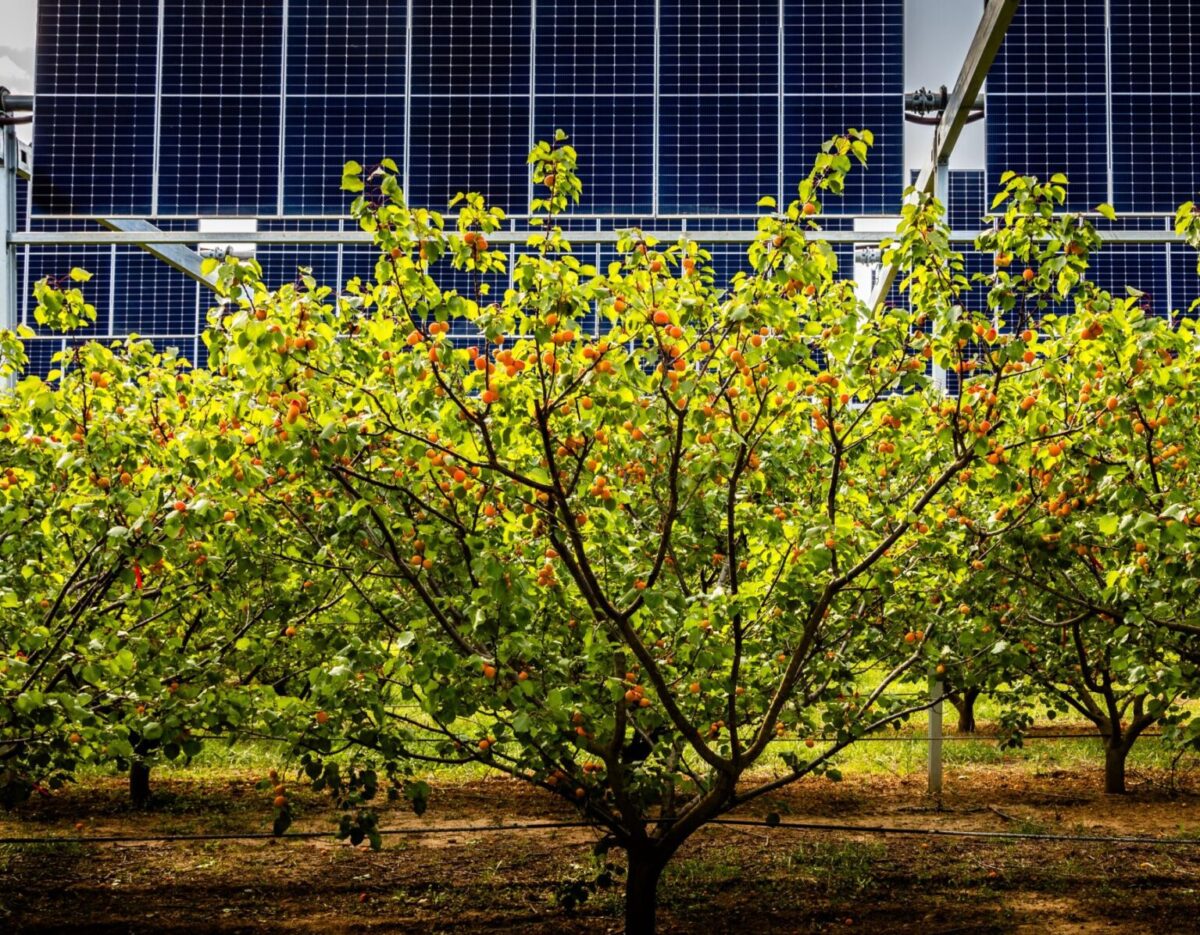
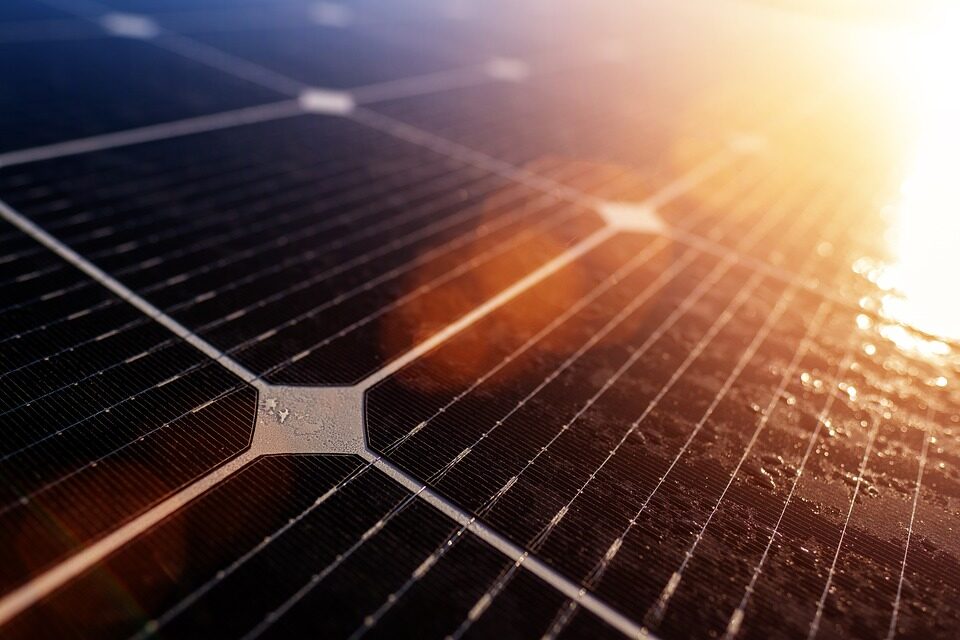



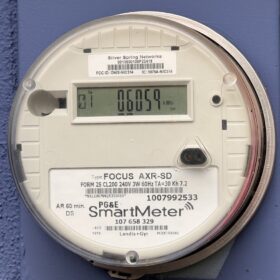

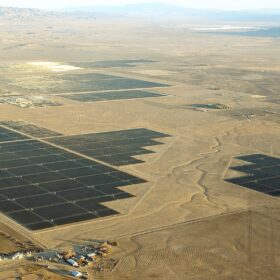

By submitting this form you agree to pv magazine using your data for the purposes of publishing your comment.
Your personal data will only be disclosed or otherwise transmitted to third parties for the purposes of spam filtering or if this is necessary for technical maintenance of the website. Any other transfer to third parties will not take place unless this is justified on the basis of applicable data protection regulations or if pv magazine is legally obliged to do so.
You may revoke this consent at any time with effect for the future, in which case your personal data will be deleted immediately. Otherwise, your data will be deleted if pv magazine has processed your request or the purpose of data storage is fulfilled.
Further information on data privacy can be found in our Data Protection Policy.